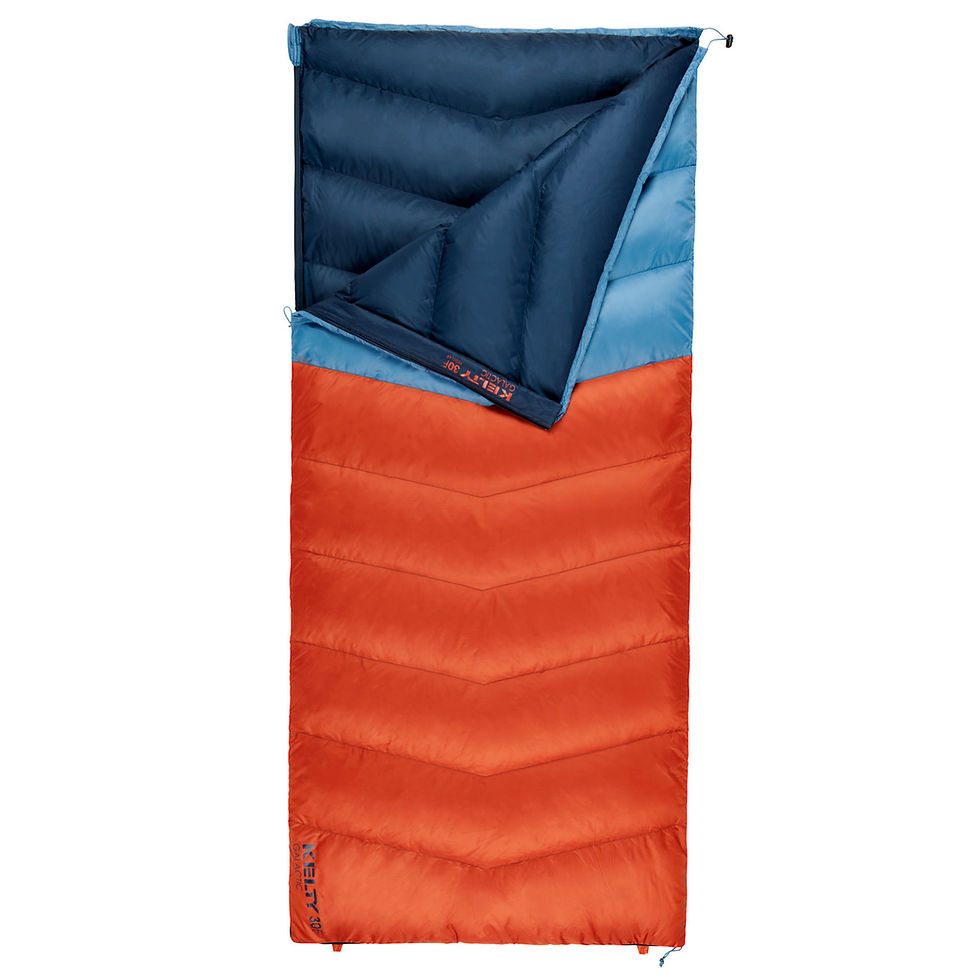Tips: Water Purification in the Wild
- Darragh Kennedy
- Aug 28, 2022
- 1 min read

It is strongly recommended to purify water when taken from rivers, streams or lakes due to the presence of Giardia - a bacteria that can make you extremely ill.
For most hikers, taking the risk of not purifying water by some means is not worth the risk.
The simplest way to purify water is to boil it for several minutes, but this can be a bother if you are boiling to drink, when the preferred temperature would be cold. Also, fuel is usually a valuable commodity in the wild, so this method is usually the least common.
Another method is to use water purifying tablets, which are reasonably inexpensive weigh next to nothing, and easy to use - just pop them in and wait for them to do their magic. It is worthwhile to carry these on all trips as an emergency back up. The downside of this method is that it does not remove debris from the water and for the ones I have used, have a chemical aftertaste which is unpleasant.
The most popular method is to use a water filter (like this one). There are several different types or methods, such as pump systems, gravity or drip systems, squeeze bladders and screw on caps, with the latter two being the most popular. The benefits of the these is that the debris remains trapped and the water can be used instantly - cold and clean. Another advantage to the squeeze filters is that they can be used as water storage.



Comments